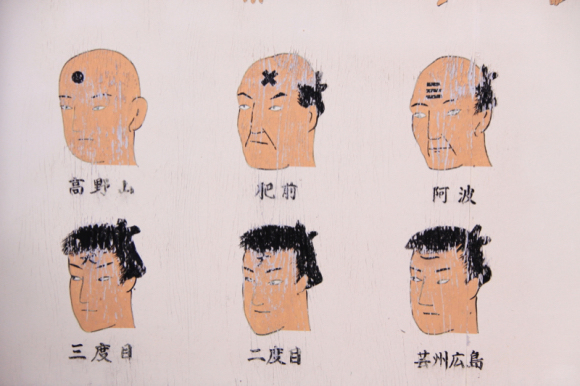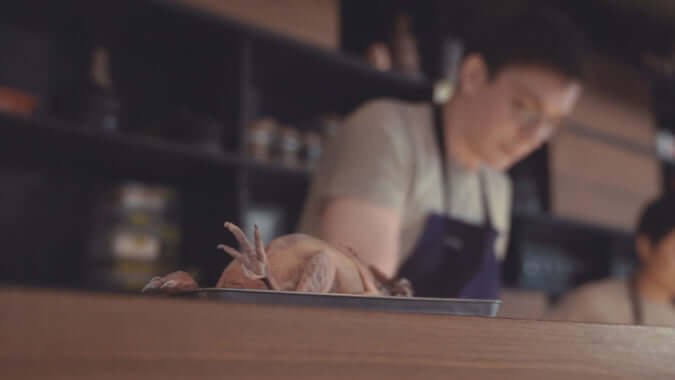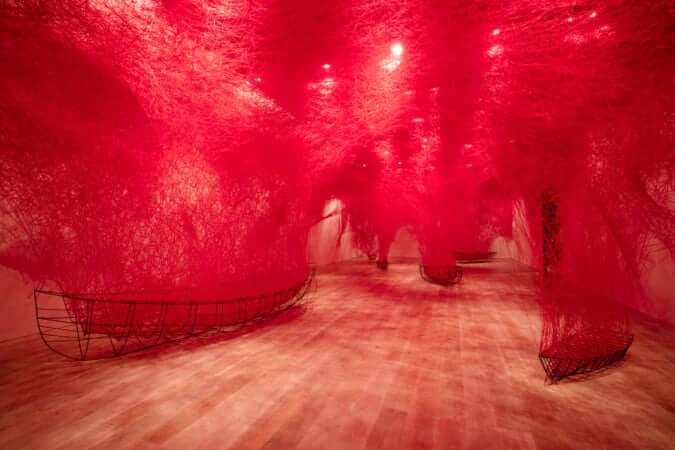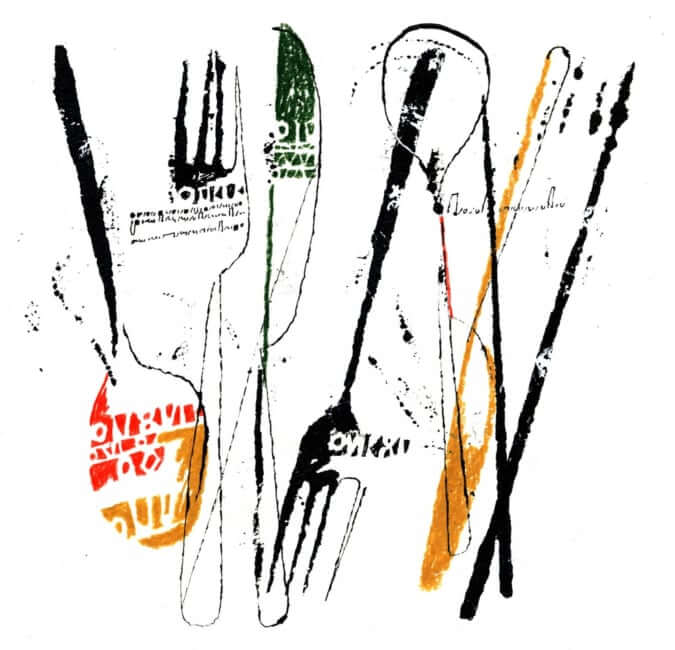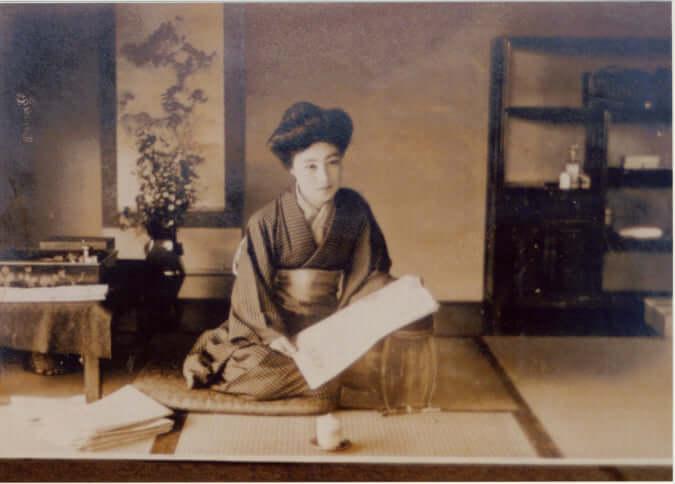‘Behind the Mask’: Michael Jackson Revisits Yellow Magic Orchestra
The cover was supposed to feature on the ‘Thriller’ album but ended up being left for posterity on the singer's posthumous album.
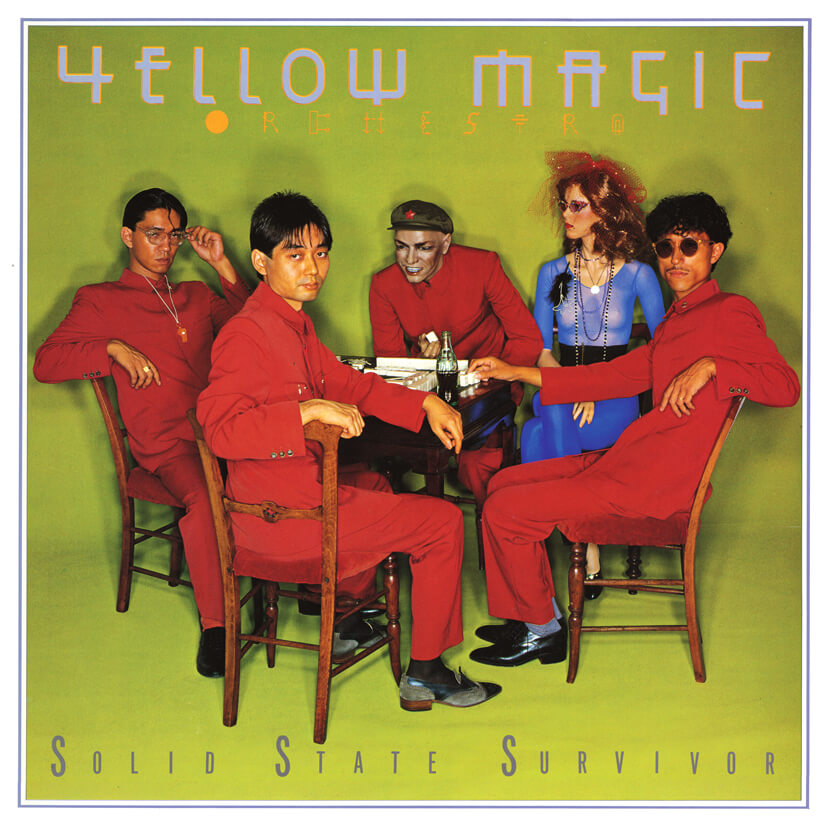
Courtesy of Sony Music Direct
Yellow Magic Orchestra, the leading late-1970s Japanese electro-pop group, were one of the pioneers of electronic music, using synthesisers, sequencers, and drum machines well before their time. The group, the leader of which is Haruomi Hosono, has inspired a large number of artists, including Michael Jackson. The King of Pop therefore decided, while recording his renowned album Thriller, to record a cover version of one of the trio’s tracks, ‘Behind the Mask.’
This track, initially composed by Yellow Magic Orchestra for an advert for the watch brand Seiko, appears on the album Solid State Survivor, released in 1979, but with a few additions, such as lyrics written by British author/composer/vocalist Chris Mosdell and recorded by Ryuichi Sakamoto using a vocoder.
The Jackson touch
Michael Jackson covered the track in his own way, adding a few lyrics and a melody over the top of the original, all with the approval of Ryuichi Sakamoto.
The cover of ‘Behind the Mask’ was supposed to appear on the legendary album Thriller but, following a disagreement between the American singer and the Japanese group relating to royalties, it was withdrawn. It was only on the posthumous album Michael, released in 2011, that the cover version finally appeared, 28 years after its composition. Yellow Magic Orchestra’s track also inspired singer Eric Clapton, who covered it himself in 1986.
TRENDING
-
The Tattoos that Marked the Criminals of the Edo Period
Traditional tattoos were strong signifiers; murderers had head tattoos, while theft might result in an arm tattoo.

-
Paris, Tokyo: Robert Compagnon
With his co-chef and talented wife, Jessica Yang, Robert Compagnon opened one of the top new restaurants in Paris: Le Rigmarole.
 3:31
3:31 -
Chiharu Shiota, Red Threads of the Soul
Last year, more than 660,000 people visited the retrospective 'Chiharu Shiota: The Soul Trembles' exhibit at the Mori Art Museum.

-
‘Before Doubting Others, Doubt Yourself. Who Can Truly Say a Dish Isn’t What It Used to Be?’
In ‘A Non-Conformist’s Guide to Surviving Society’, author Satoshi Ogawa shares his strategies for navigating everyday life.

-
The Story of Sada Yacco, the Geisha who Bewitched Europe
Described by Dazed magazine as the first beauty influencer, she has been restored to her former glory since 2019.

